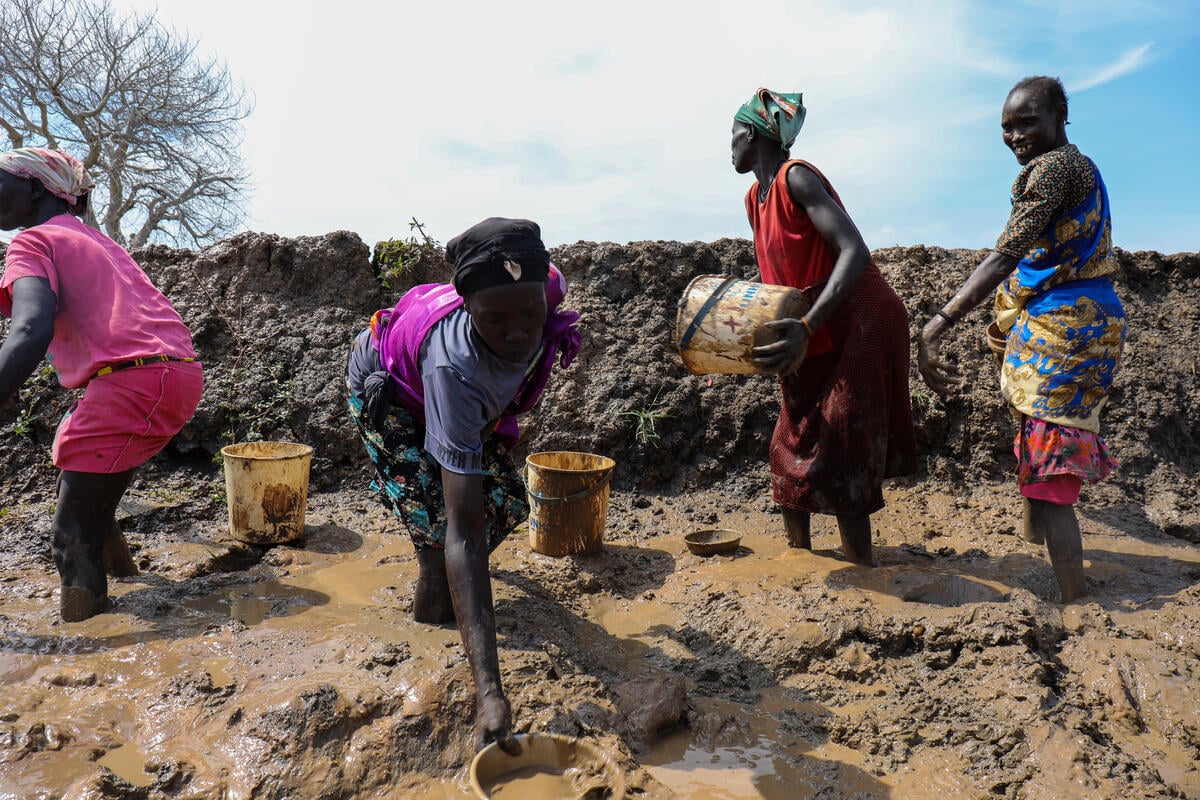Timor Emergency Update
Timor Emergency Update
Funding Appeal
U.N. agencies issued a consolidated appeal on Thursday for $199 million to fund programmes for the East Timor crisis from October 1999 to June 2000. Nine U.N. agencies and IOM participated in the appeal.
UNHCR's portion in the appeal is $45.4 million. It will fund activities that include protection, multi-sector relief, care and maintenance, repatriation and reintegration assistance and other durable solutions for refugees and displaced people. Target beneficiaries are some 350,000 people currently displaced in East Timor and 200,000 in West Timor of whom 150,000 are expected to return to East Timor.
Repatriation
Since UNHCR began airlifting refugees to East Timor on 8 October, some 23,000 people have gone home using planes, ships and trucks of UNHCR and the International Organization for Migration. Of the number, around 16,000 repatriated from West Timor and the rest were flown from Jakarta and Surabaya on the main Java island and Denpasar in Bali.
On Thursday, 42 refugees flew from Darwin to Dili in the first organized return from Australia. The returnees included a disabled woman and a single mother with seven children.
Representatives of UNHCR, IOM and the Australian Department of Immigration and Multicultural Affairs accompanied the returnees who were among 1,500 Timorese refugees in Australia.
West Timor
UNHCR and IOM hope to begin transporting returnees from the West Timor port of Atapupu to Dili in East Timor on Friday. Two ferries, each with a capacity of 500, will be used in the operation from Atapupu, located 230 kilometres east of the West Timor capital of Kupang.
Revised government estimates show some 219,000 refugees remain in West Timor - about 150,000 of them in the Belu regency along the border with East Timor where Atapupu is located. A trickle of refugees have gone back on foot across the border in recent weeks.
UNHCR has reinforced its staff in Atambua, the main town in Belu, in preparation for the repatriation. UNHCR has gained limited access to some of the makeshift camps in the region, where militia activity continues. A transit centre has been set up in Atapupu, where potential returnees gather and register for transport and assistance.
Over the weekend, the staff in Atambua crossed the border in Motaain after securing permission from both the Indonesian military (TNI) and the International Force in East Timor (Interfet). TNI said the road to Motaain, where one Indonesian policeman was killed and several others wounded in an encounter with the Interfet earlier this month, was closed although organized convoys can pass without problem. Thirty-two people entered East Timor from the no man's land on Saturday. Interfet said the East Timor side is open to all traffic.
Meanwhile, security was increased in the Kupang area following Sunday's stoning of a bus which injured one of 12 returnees who were briefly detained by unknown men. The bus was en route from the UNHCR processing centre in Kupang to the nearby port.
Also this week, VHF communications facilities have been set up, linking UNHCR offices in Kupang and Atambua in West Timor and Dili and Baucau in East Timor.
East Timor
UNHCR has continued to expand operations in East Timor, setting up warehousing facilities in Suai near the border with West Timor for some 5,500 displaced people who have returned. Plastic sheeting, soap and rice have been stored there. Suai was devastated and local authorities were requesting shelter materials for around 20,000 people expected to return there.









